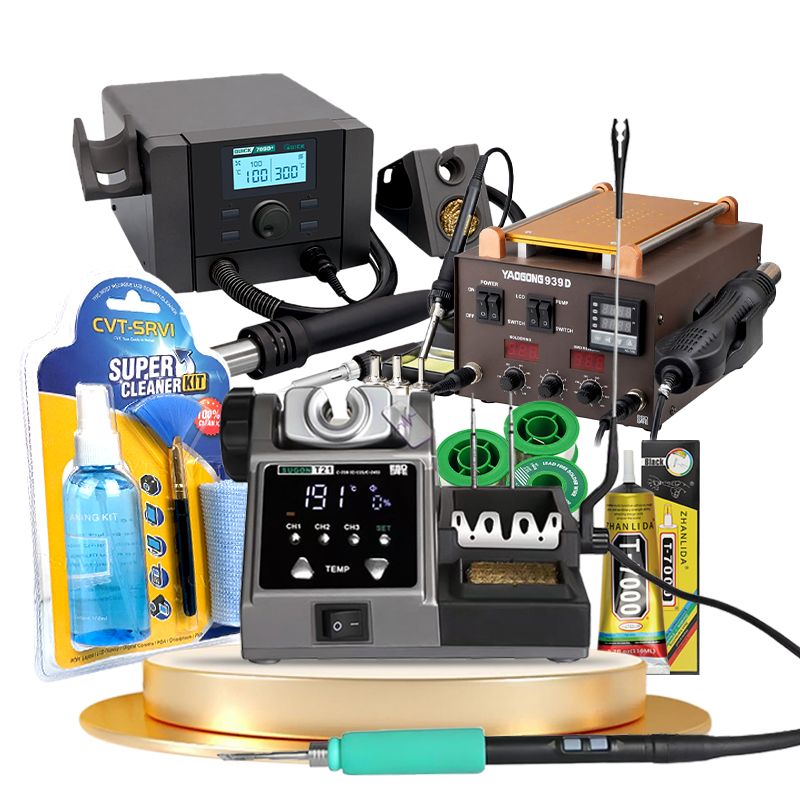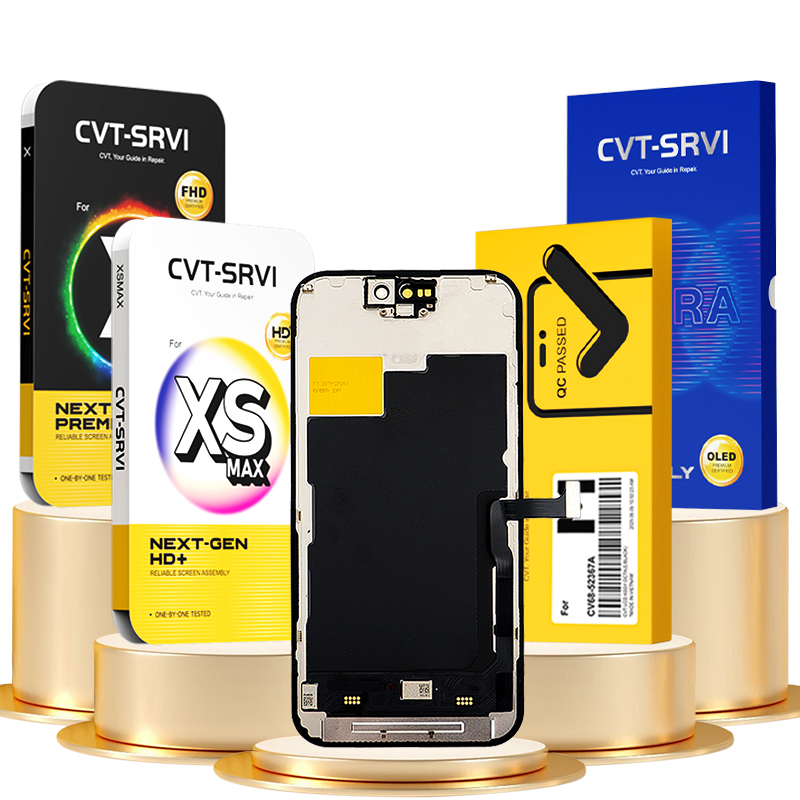
True Tone stands as a solution formulated by Apple to harmonize screen color with surrounding light. Thus True Tone technology allows devices to reveal accurate and natural shades amid varying light settings. Many individuals feel less eye tiredness across sustained exposure with True Tone, given its capacity to ease eye strain. This technology is integrated into devices like iPhones, iPads, and Macs and it can be set to enable or disable depending on desire.
- Moments to spot True Tone advantages are while exposed to daylight, operating a device in a dark space, or viewing films after dark.
Innovative Technologies personalizing displays based on ambiance
True Tone serves as an inventive service aligning display hues with environment conditions. This mechanism uses sensory inputs for ambient luminance and shifts blue light output spontaneously for a more easy eye reception. This curtails ocular discomfort improving extended observation. True Tone technology is incorporated in diverse devices spanning phones, tablets, and screens.
Cellular Screen opposed to Apple Screen: Fundamental Differences
Though frequently mixed, “cellphone display” and “iPhone screen” reveal key disparities between Android and Apple displays . Android displays offer wider variety in size and resolutions, whereas iPhones are distinguished by OLED panels. Differences also exist in types of panels used. Certain Android manufacturers employ AMOLED screens while Apple uses mainly LCD and OLED panels in their iPhones.
- Disparities arise clearly concerning tone precision and sight angles
- Numerous Android variants employ increased refresh capabilities for agile rendering
- Generally, iPhone screens are considered more luminous
How Does True Tone Work on iPhones?
True Tone features an intelligent method modifying display tones according to light exposure. It facilitates clearer display perception under different light scenarios. When True Tone is activated, sensors in the iPhone analyze ambient light and adjust the screen’s color temperature to be goldenish in dark environments or cooler in sunny settings.
- In addition, True Tone supports better eye relaxation and comfort
- Turn on or off True Tone through system Settings > Display and Brightness options
Authentic Viewing Sensation
With True Tone, your screen adjusts to match surrounding ambient light. This generates a more natural visual experience, mitigating ocular weariness leading to genuine content interaction.
- Perceive pigments with superior clarity and vibrancy
- Achieve heightened image clarity and definition
- Control eye tiredness through prolonged viewing
Does having True Tone matter?
Facing modern technology settings, electronics evolve extensively. One feature gaining popularity is True Tone technology which dynamically adapts screen coloration to surroundings, enhancing the visual experience to be more natural and pleasant. But is having a True Tone display really necessary? The answer depends on how you employ your device and your specific needs.
- Users dedicating long hours to screens observe True Tone effectively reduces eye tension and improves comfort
- In contrast, casual users or those focused on leisure activities may find smaller impact
All things considered, True Tone significance varies according to user expectations and requirements. If you prioritize a more natural and comfortable viewing experience, this feature is worth considering when selecting your next device.
Positive and Negative Aspects of True Tone Solutions
True Tone represents a fascinating characteristic calibrating screen hues relative to lighting. This can deliver eye-friendly display benefits chiefly during extended viewing. However, there are some limitations. Some users find True Tone may be too sensitive, causing sudden changes in color temperature.
- Color precision for particular applications may suffer
- Occasionally, True Tone struggles with varied lighting types
Broadly speaking, True Tone provides advantages to habitual display watchers. Nonetheless, it is important to remain aware of its constraints.
Assessing Displays with True Tone Technology
True Tone features have promptly evolved user digital content experiences. This innovational feature dynamically modifies the color temperature of your display to coordinate to surrounding light. Accordingly, True Tone ensures a more natural viewing experience, reducing eye strain and upgrading color precision. When comparing screens with True Tone, consider factors such as visual depth to choose the best option for your necessities.
- Additionally, True Tone can enhance image resolution in certain scenarios.
- Still, not all True Tone-equipped displays are uniform.
Preferred iPhones with True Tone Displays
If optimal screen perception matters, focus on iPhones including True Tone. This capability modifies color tone according to light, ensuring a relaxed visual encounter. Popular iPhone models with True Tone include SE, para que sirve el true tone latest, current. These variants offer a extensive set of features and specifications to meet your needs.
- Budgets can accommodate True Tone-enabled iPhones reasonably
- Besides price, the True Tone screen also helps protect your eyes by reducing fatigue
Customizing True Tone on Your iPhone
Adjusting True Tone lets you refine visual comfort aligning screen warmth with environment. To do this, go to "Settings" > "Display Settings" and permit True Tone. In that same section, you can modify True Tone levels according to your preferences.
- Consider True Tone improves with ambient light scenarios
- Try different adjustments until the configuration matches your visual preference
Testing Whether True Tone Affects Your Screen Experience
State-of-the-art True Tone tech delivers enhanced visual appeal. But does it really meet these expectations? To assess whether True Tone genuinely changes the experience, we examined its function across a variety of devices and scenarios.
- Outcomes presented assist in evaluating True Tone’s critical role
Don’t miss this analysis to discover whether True Tone truly enhances your visual experience!
